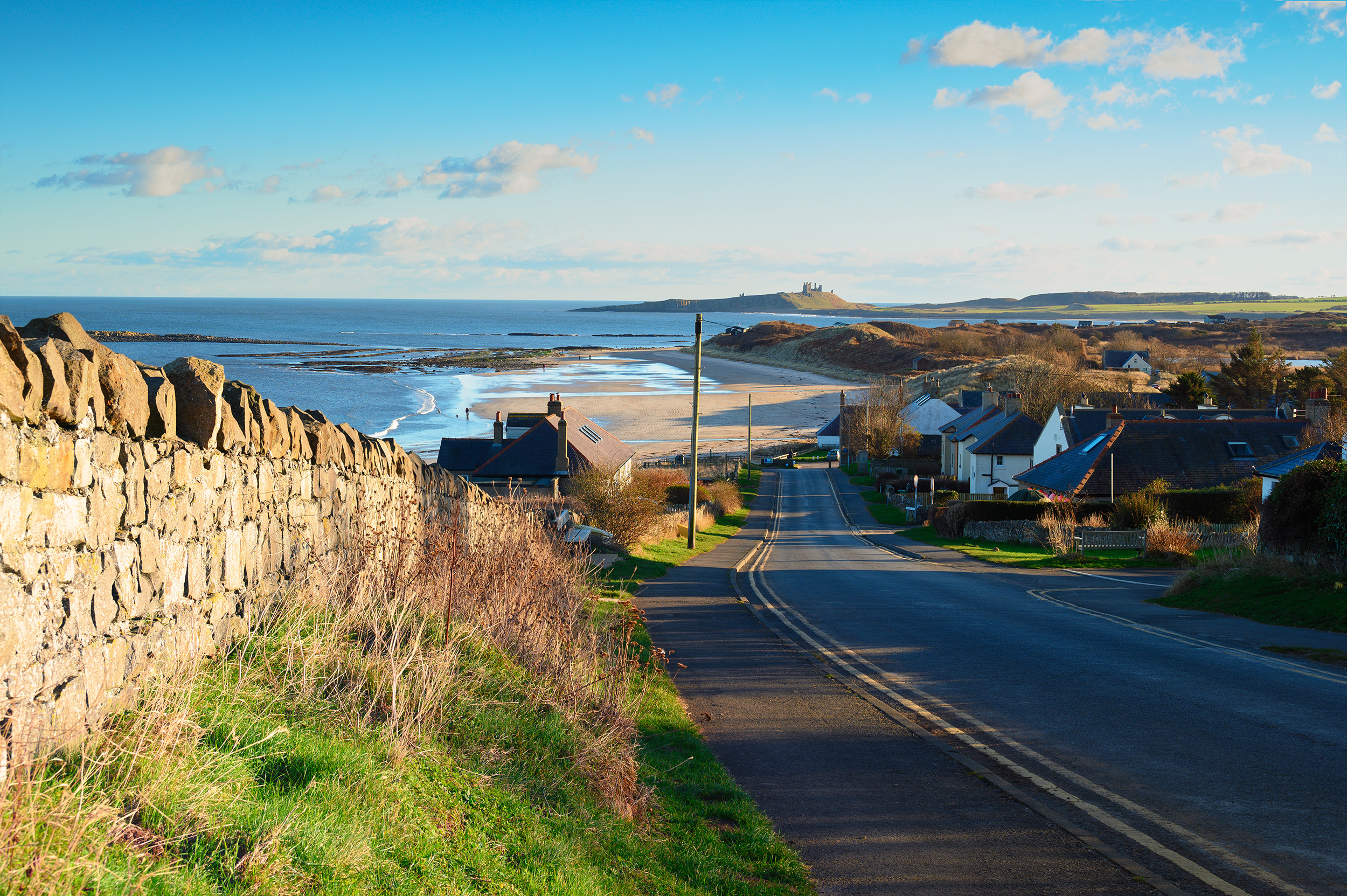Winding lanes not the only routes in the countryside
A much better understanding of what exactly a ‘rural road’ is could help cut the number of people killed and seriously injured on them each year.
Government statistics – derived from police crash reports – show that of the 1,558 road deaths in Britain in 2021, 981 (63%) of them were listed as occurring on rural roads, that is; outside of a town or city.
However, 649 of these deaths (66% of 981) took place not on the twisting country lanes we might imagine as the typical rural route but on motorways (86 deaths) and A roads (563 deaths).
Work for the RAC Foundation by the transport and safety consultants Agilysis has taken the first steps in breaking down rural roads into several subcategories so that crashes can be better understood, and money better spent to reduce crashes and mitigate their effects when they do occur.
The researchers decided on a range of road characteristics to meaningfully divide rural roads, including:
• Width
• Traffic flow
• Traffic type
• Speed limit
• Gradient
• Markings
• Location
• Surrounding land use
• Population density
• Remoteness
Machine learning was then used to help compare and contrast the characteristics of a sample group of 483 sections of rural roads (not including motorways) which measured 1,563km in total. The routes were also appraised by a highway engineer.
Following this the study team identified four main categories of rural road:
1. Principal roads – generally wide, fast moving and flat, sometimes dual carriageway, often close to populated areas
2. Country roads – narrower, sometimes undulating, single-carriageway with moderate traffic levels
3. Neighbourhood roads – through rural communities
4. Winding roads – narrow single carriageways, mostly unclassified and sometimes single track, generally low speed and with little traffic
These four categories were then further divided to give a total of ten separate, identifiable types of rural road varying from the busiest and fastest dual carriageways all the way through to hill passes and remote roads, possibly many miles and many hours journey from major towns and cities.
(See notes to editors for full list.)
Steve Gooding, director of the RAC Foundation, said:
“The question may seem simple: ‘what is a rural road?’ The answer turns out to be more complex that you might think when interpreting road safety statistics. This report suggests there are at least ten types of ‘rural’ road with specific characteristics, and the only thing they have in common is that they run outside our big towns and cities.
“The risk is that the catch-all term ‘rural road’ has hidden a multitude of different highway types, each of which poses its own range of road safety challenges.
“The better we understand our roads and the risks users face on them, the better targeted our decisions on when and where to spend money will be.
“New, standardised categories would allow the dozens of police forces, hundreds of councils and any number of road safety professionals to use a common terminology to compare experiences and deploy those interventions most likely to reduce risk.”
Bruce Walton, one of the researchers, and Technical Director of Agilysis and Road Safety Analysis, said:
“This study is an opportunity to tackle a long-standing challenge in road safety: how to address road danger on rural routes, which are easily overlooked because they are lightly trafficked or run through remote areas.
“The report outlines a mechanism to help engineers and blue light services do this more effectively. It also proposes a practical process which could deliver it, creating the prospect of further research to develop a coherent national approach that provides valuable insight into our sometimes-neglected rural road network.”
ENDS
Contact:
Philip Gomm – Head of External Communications – RAC Foundation
[email protected] | 07711 776448
Notes to editors:
The RAC Foundation is a transport policy and research organisation that explores the economic, mobility, safety and environmental issues relating to roads and their users.
The Foundation publishes independent and authoritative research with which it promotes informed debate and advocates policy in the interest of the responsible motorist. All the Foundation’s work is available at: www.racfoundation.org
The Foundation is a registered charity.
The full report is available to download:
https://www.racfoundation.org/wp-content/uploads/Rural_Roads_report_Smith_Coles_Walton_010323.pdf
Full breakdown of rural roads into clusters and subclusters:
• Principal Roads, split into two clusters Regional Distributors and Main Roads
• Country Roads, split into three clusters Primary Routes, Secondary Routes, and Tertiary Routes
• Neighbourhood Roads, split into two clusters Residential Distributors and Village High Streets
• Winding Roads, split into three clusters Country Lanes, Hill Passes and Remote Roads.


